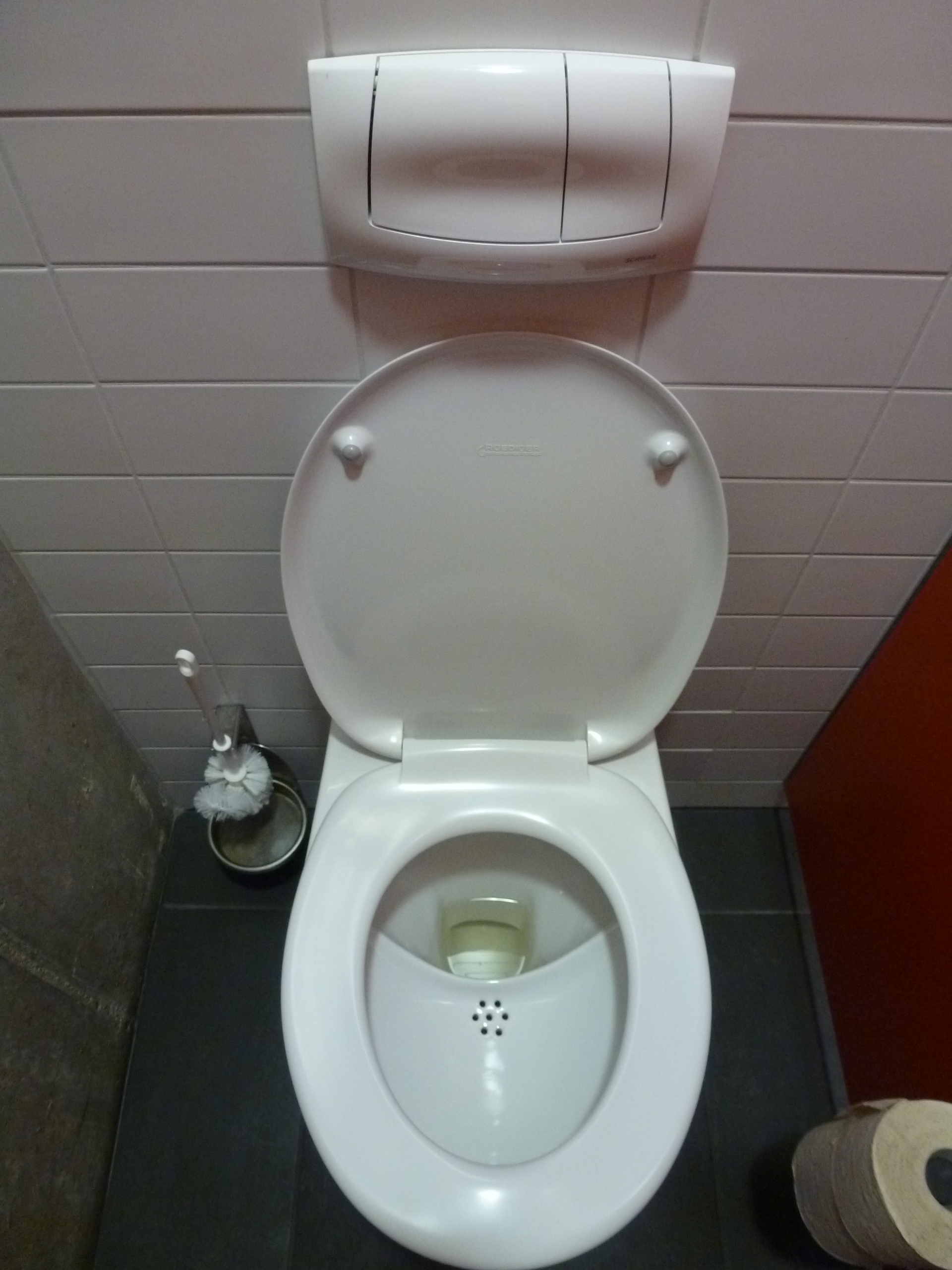Recent publications
937.
- titre
- Advanced insights into the biodeterioration and conservation strategies of cultural heritage: A review
- auteur
- Marouane Mkhinini, Davy-Louis Versace, Samir Abbad-Andalousi, Aurélie Verney-Carron, Faisal Bousta, Noureddine Bousserrhine, Paloma Reboah, Clarisse Balland-Bolou-Bi
- article
- Science of the Total Environment, 2026, 1010, pp.181029. ⟨10.1016/j.scitotenv.2025.181029⟩
- titre
- Assessing water quality restoration measures in Lake Pampulha (Brazil) through remote sensing imagery
- auteur
- Alexandre Assunção, Talita Silva, Lino de Carvalho, Brigitte Vinçon-Leite
- article
- Environmental Science and Pollution Research, 2025, ⟨10.1007/s11356-025-35914-6⟩
- titre
- Do suspended particles matter for wastewater-based epidemiology?
- auteur
- Gauthier Bernier-Turpin, Régis Moilleron, Chloé Cenik, Fabrice Alliot, Sabrina Guérin-Rechdaoui, Thomas Thiebault
- article
- Water Research, In press, 280, pp.123543. ⟨10.1016/j.watres.2025.123543⟩
- titre
- Plastic debris dataset on the Seine riverbanks: up to 38 000 pre-production plastic pellets reported per square meter
- auteur
- Romain Tramoy, Laurent Colasse, Johnny Gasperi, Bruno Tassin
- article
- Data in Brief, 2025, pp.111735. ⟨10.1016/j.dib.2025.111735⟩
- titre
- La persistance des champs d’épandage d’eaux usées de l’agglomération parisienne au cours du second XXe siècle
- auteur
- Etienne Dufour
- article
- Métropolitiques, 2025, ⟨10.56698/metropolitiques.2174⟩
Confluence rencontre Fabien Esculier 17 avril 2017
published on , updated on
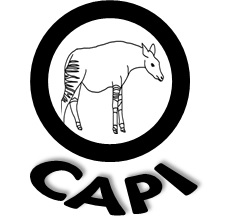
Construire un nouveau paradigme pour l’assainissement: Interview de Fabien Esculier par Catherine Salon, journaliste à Confluence
Fabien Esculier est bio-géochimiste. Il coordonne le programme OCAPI, un programme de recherche sur l’adaptation des systèmes d’assainissement aux enjeux environnementaux et économiques du XXIe siècle.
Au cours de la présentation du programme OCAPI, Fabien Esculier déclare:
«La séparation à la source constitue une voie prometteuse d’adaptation au changement climatique, de diminution des consommations d’eau et de préservation des milieux aquatiques».
Article: Confluence, 2017, avril, pages 20-21





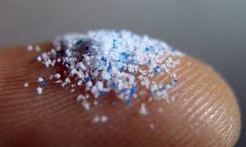
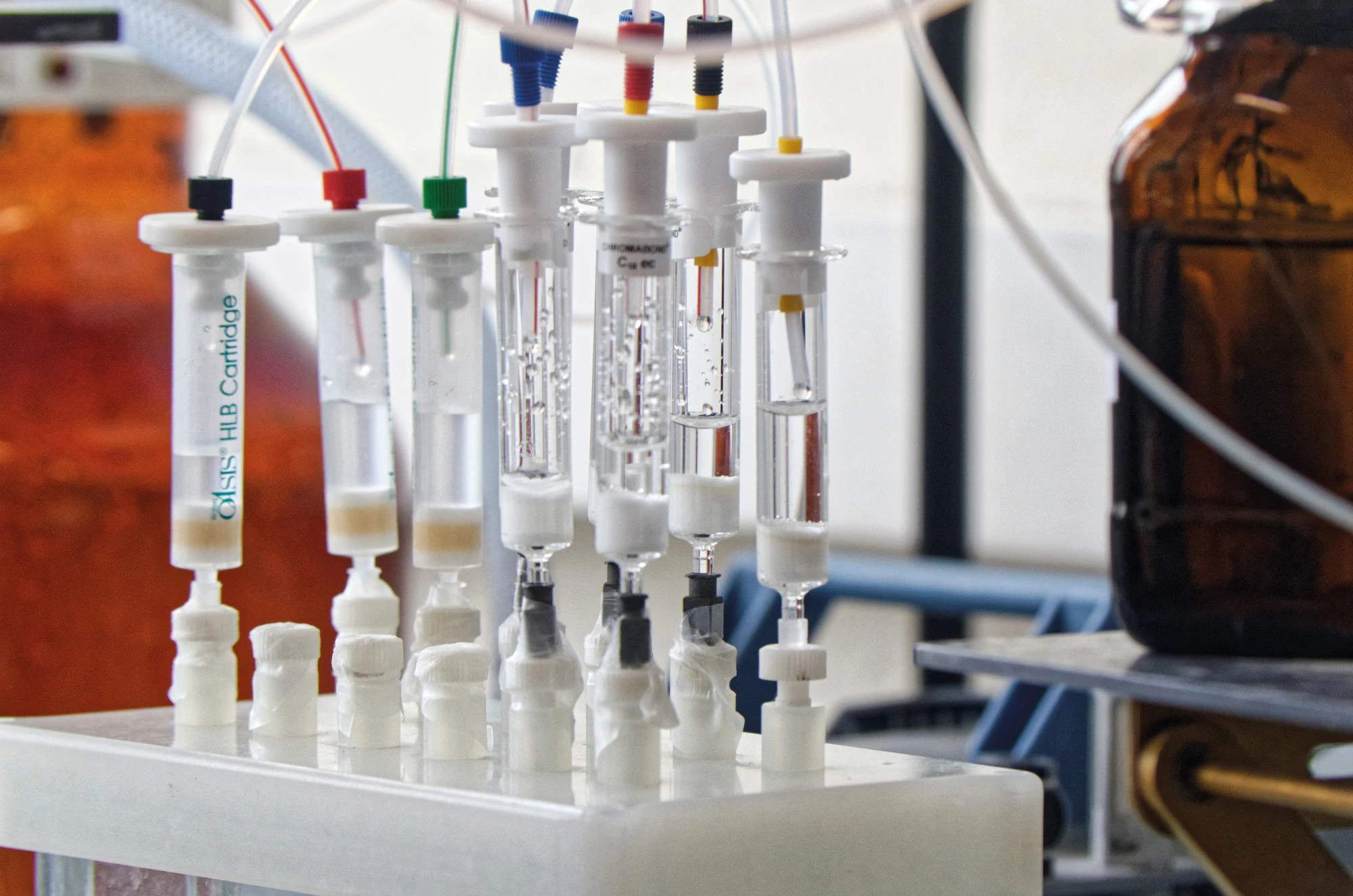
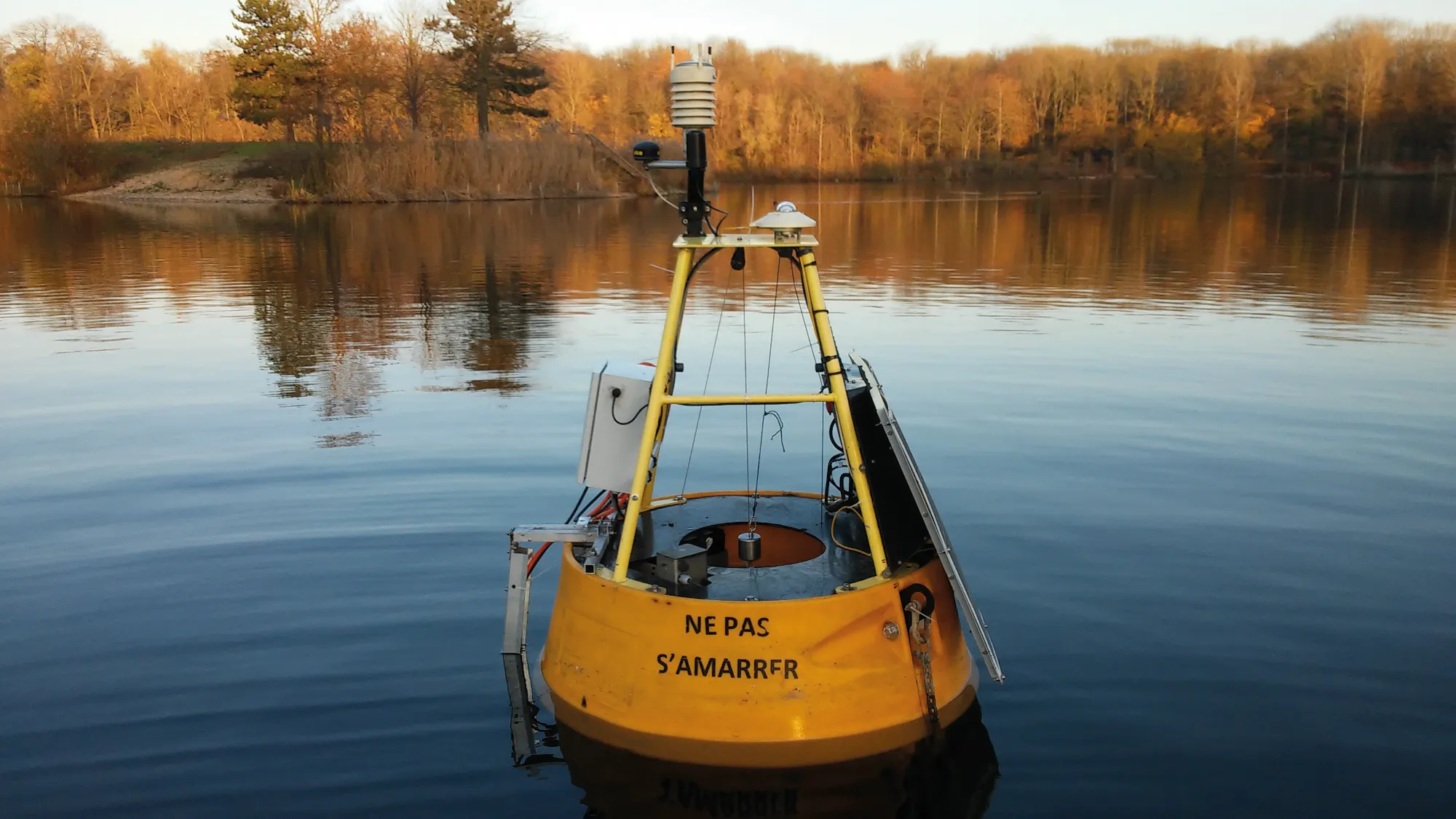
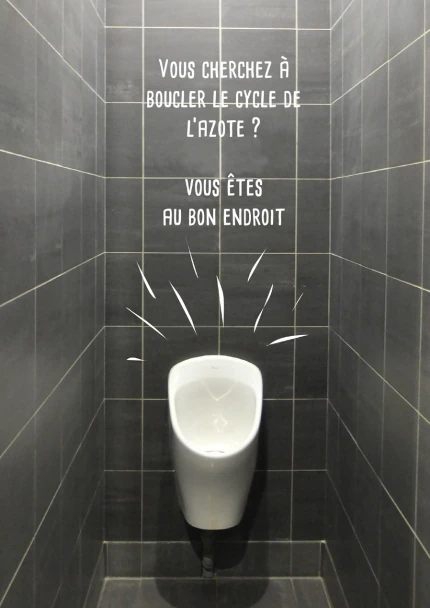
 Scientific production
Scientific production Technical resources and equipment
Technical resources and equipment Expertise and disciplines
Expertise and disciplines



